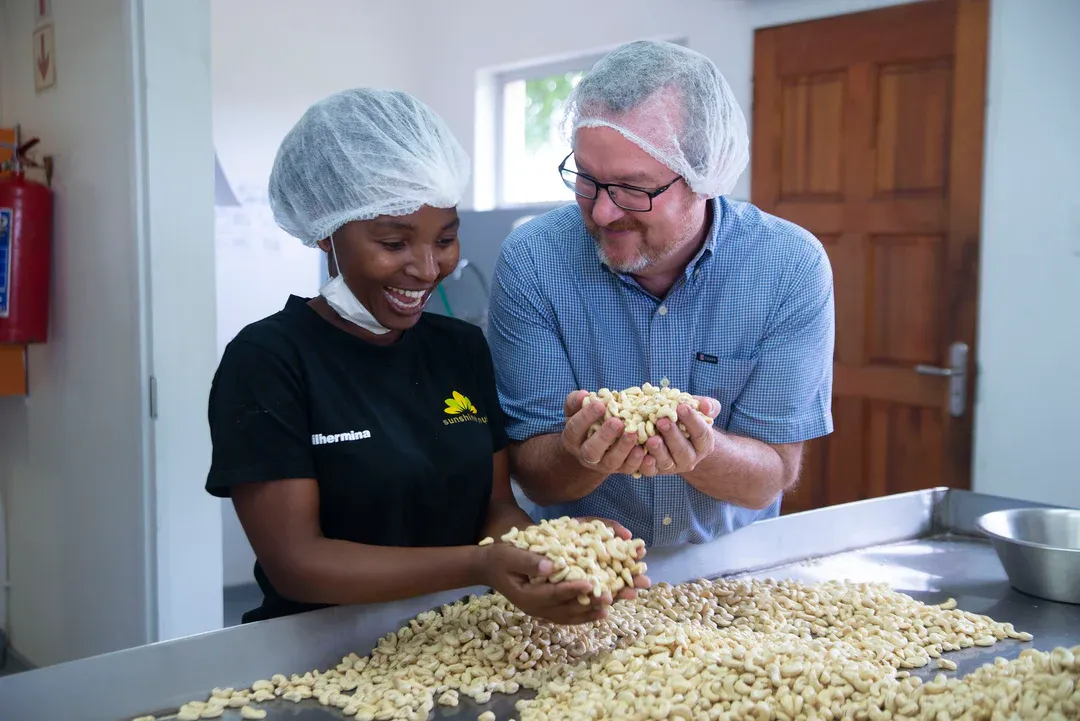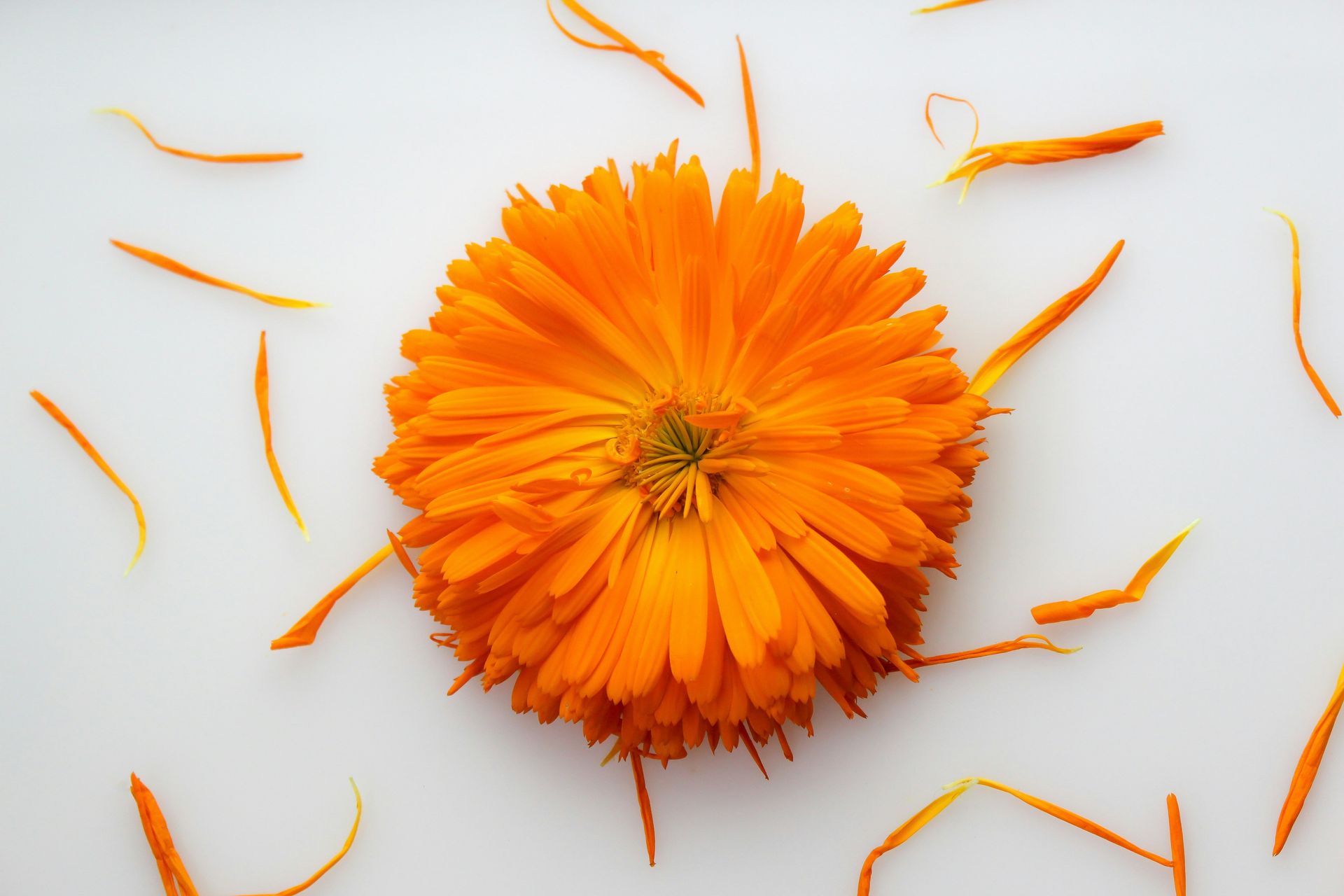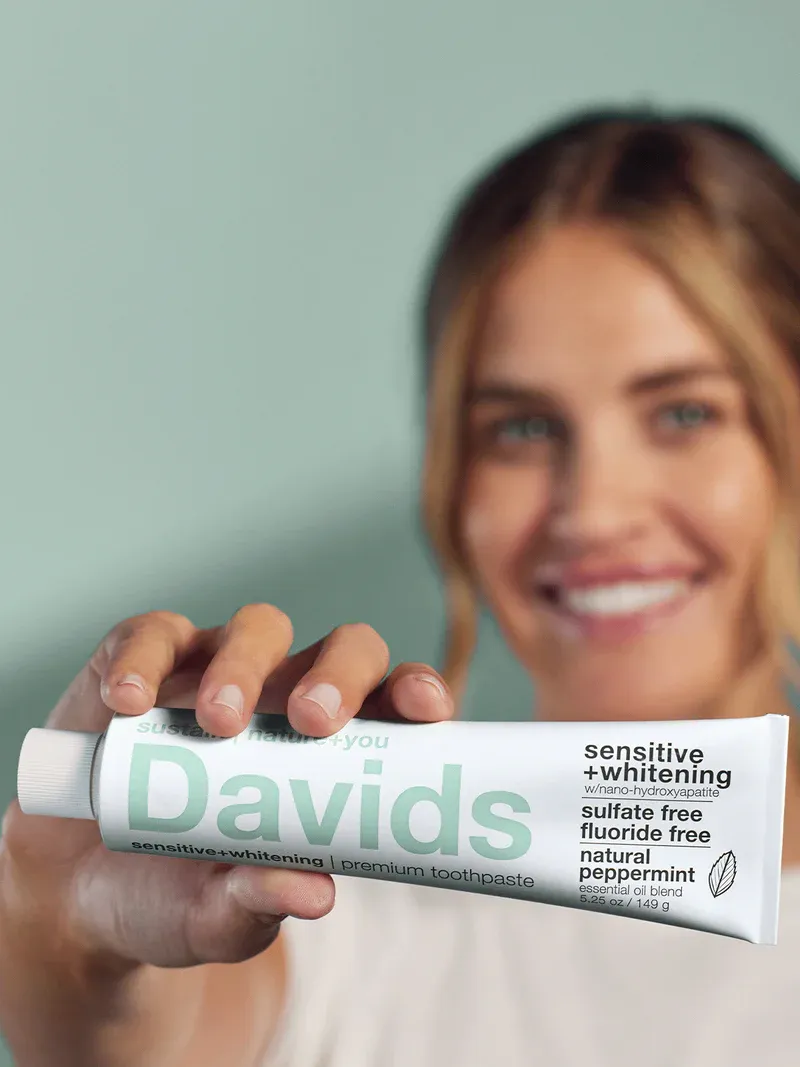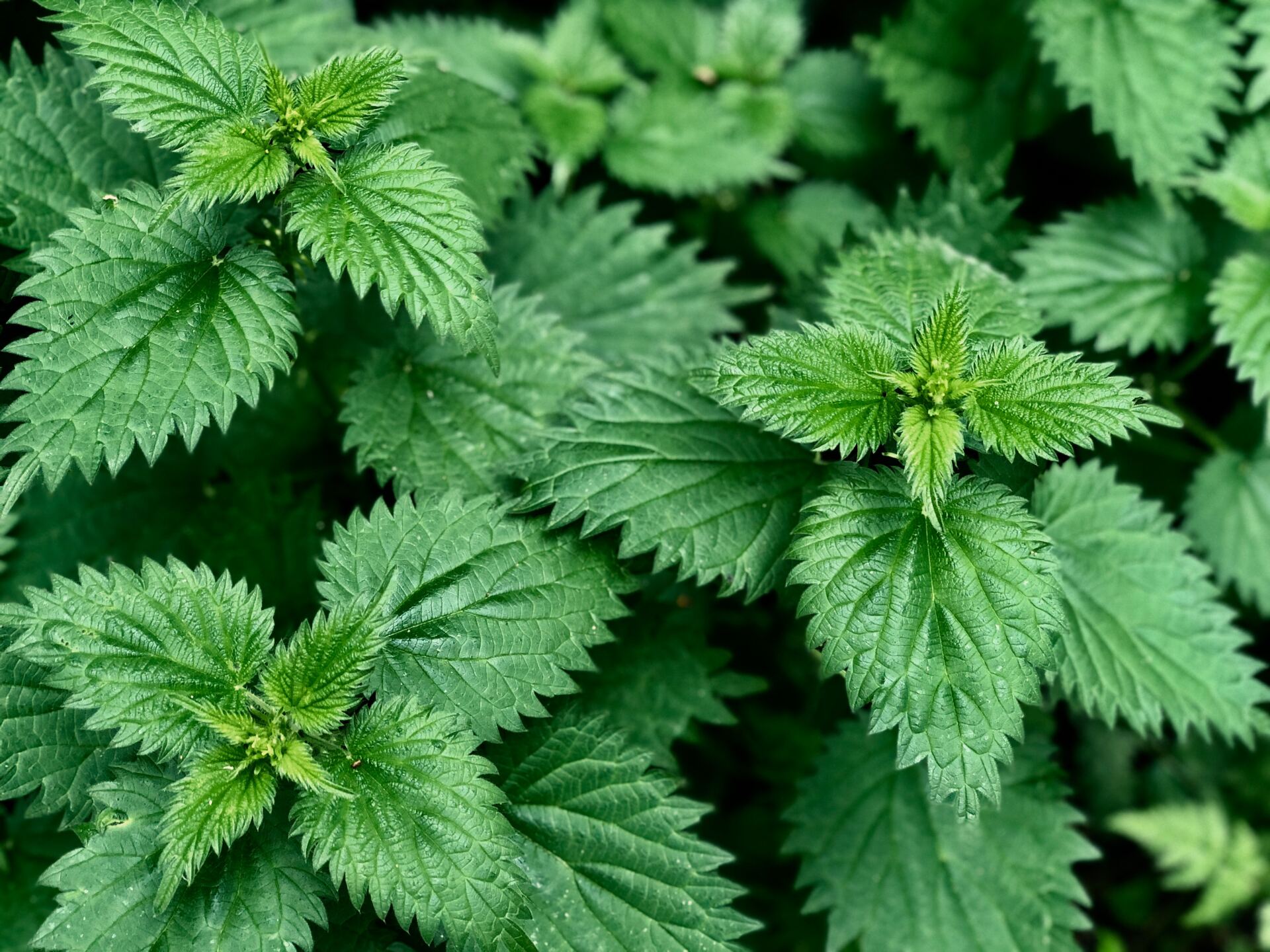








In the summer of 2018, the state of Hawaii made headlines for becoming the first state to ban the sale of sunscreens with octinoxate and oxybenzone in them – chemicals that are known to cause harm to coral reef ecosystems. Since then, the nation of Palau, the city of Key West, and most recently the country of Aruba have all followed suit. But why? Why are reef friendly sunscreens such a big deal? And what exactly makes a reef friendly sunscreen reef friendly?
What all the fuss is about:
With rampant coral bleaching and die-offs spreading around the globe, emerging studies show the dangers that chemical sunscreens pose to coral reefs. Common sunscreen chemicals like oxybenzone, octinoxate, PABA, avobenzone, (the list goes on…) have deleterious impacts on the biological functions of coral reefs. Eliminating these chemicals from sunscreens and our waterways is a mission for All Good - a reef-friendly sun and skincare company in Morro Bay, CA.
How #ReefFriendly took the world by storm:
In 2016, All Good founder Caroline Duell was invited to attend the International Coral Reef Symposium in Honolulu, Hawaii. There, she sat and listened to 4 years of data downloaded by toxicologists on the impact of chemical sunscreen ingredients on coral reefs. Chemicals were found to cause bleaching, endocrine disruption, DNA mutation and ultimately death in corals. What was most shocking? It was the level of toxicity, which showed that it only takes one drop of chemicals in an area the size of 6.5 Olympic swimming pools to damage or kill coral in that area. (To paint a clearer picture, humans deposit over 14,000 tons of chemical sunscreens into coral reefs annually. That’s a lot more than a drop in 6 swimming pools).
Caroline emerged from this conference ready to take action, and thus, the #ReefFriendly movement was born. All Good first worked with scientists and grassroots organizations to outline Reef Friendly criteria to help explain scientific jargon to the general public. Next, they held events, hosted sit in education sessions, set up sunscreen stations at public events, and asked athletes, influencers, professors, consumers, and even kids to all play a part.
Thousands of pledges were collected and submitted to legislators, and in 2018, Hawaii made headlines as the first #ReefFriendly state. Today, companies are feeling the pressure to meet consumer demand for #ReefFriendly sunscreen and change is happening!
Unfortunately, loose regulations allow many companies to claim their products as ‘reef safe,’ ‘reef friendly,’ ‘green’ or ‘eco-friendly,’ but those claims tend to fall apart under the #ReefFriendly criteria adopted by All Good and fellow companies at the Safe Sunscreen Council.
How can I know my sunscreen is #ReefFriendly?
Non-Nanoparticle Zinc Oxide offers the most effective UVA/UVB broadspectrum sun protection in the world. The key word here is Non-NANO. Nano-sized particles of zinc or titanium dioxide are microscopic, can be consumed or absorbed by marine life and disruptive to reef growth processes. Most chemical sunscreens have one or more of the following active ingredients that are toxic to our coral reefs and marine ecosystems:
• Oxybenzone - Endocrine disruptor, coral bleacher.
• Octinoxate - Chemical UV filter, hormone disruptor, can lead to premature aging.
• Avobenzone - A “gateway” ingredient; avoid especially if you have sensitive skin.
• Homosalate - Disrupts estrogen, androgen, and progesterone. Also linked to pesticide absorption in humans.
• Octisalate - More studies need to be done, but Japan has restricted its use in certain products so it’s better to avoid.
• Octocrylene - A skin irritant.
• Retinyl Palmitate - FDA studies have shown the ingredient may actually speed up the development of skin tumors and lesions when mixed with sunlight (the exact opposite of what you’d want in a sunblock!).
• Phthalates (AKA Fragrance) - Can damage the liver, kidneys, lungs and reproductive system according to animal studies.
• Phenoxyethanol - A “fragrance” the EWG says to avoid - say no more!
• 4-methyl-benzylidene camphor (AKA Enzacamene) - Possible thyroid toxicity and hormone disruption from using products with this chemical in them.
• Triclosan - Antibacterial agent linked to endocrine toxicity and gut health concerns.
• And, of course, Parabens - used to prevent products from spoiling, all forms of parabens (methyl-/ethyl-/benzyl-/butyl-) mimic estrogen and mess with hormones.
There are no sidelines; this is a game we are all in. Review the #ReefFriendly sunscreen criteria, keep an eye out for “reef-friendly” sunscreen pretenders, and spread the word; together, we can make a difference.
Elizabeth Davidson is the Digital Diva for All Good products and grew up on the Central Coast not far from their headquarters in Morro Bay. She loves to play games with friends, has mad storytelling skills, and is a full-time funky dance move enthusiast.









Please give us a call for today’s deli hours as they can vary due to staffing.
Grab and go options are always available until close.
FEDERAL WAY
Monday-Saturday: 8 am - 8 pm
Sunday: 9 am - 7 pm
Please call for current deli counter service hours. Grab and go options available until closing.
2565 S. Gateway Center Place
Federal Way, WA 98003
TACOMA
Monday-Saturday: 8 am - 8 pm
Sunday: 9 am - 7 pm
Please call for current deli counter service hours. Grab and go options available until closing.
2951 S. 38th Street
Tacoma, WA 98409